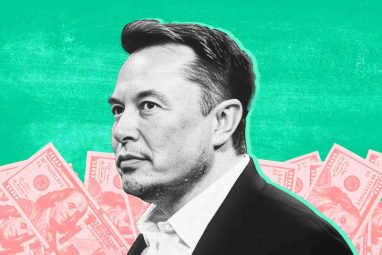Vaishnaw Sees India Catching Up in Global Chip Race by 2032
Union IT and electronics minister says the country’s semiconductor effort is moving faster than expected as fabs and assembly units take shape.
Topics
News
- TCS, TPG Bet Big on India’s AI Compute Future
- OpenAI, Foxconn Team Up to Build UScAI Data-Center Hardware
- Musk Says Jobs May Become Optional and Money May Lose Relevance
- Google Unveils Nano Banana Pro With Sharper Text, Smarter Visuals
- Palo Alto Networks Buys Chronosphere in $3.35 Billion AI Bet
- Huang Shrugs Off Bubble Fears, Says AI Has Shifted Into Full-Scale Deployment

India’s semiconductor industry could be on par with today’s leading chipmaking nations by 2031-32 if current momentum holds, Union IT and electronics minister Ashwini Vaishnaw said, as New Delhi leans on a $10 billion incentive program to build out fabs, assembly plants and design hubs.
“In case of semiconductors, by 2031–32, in that timeframe we will be equivalent to what many of these countries are at today,” Vaishnaw said at Bloomberg’s New Economy Forum in Singapore on Thursday. “Then it’ll be a race which will be very fair and a level playing field.”
The minister said India’s semiconductor drive has moved from planning to execution faster than policymakers originally expected, helped by the government’s incentive scheme of about $10 billion for chip fabrication, assembly, testing and design.
The program, announced in 2021 under the India Semiconductor Mission, offers support for projects across the value chain, from wafer fabs to outsourced assembly and test units.
Vaishnaw said even though India is only about three years into its semiconductor strategy, it has already begun attracting a mix of global and domestic investors.
He pointed to Micron Technology Inc.’s assembly and test facility in Gujarat and Tata Group’s semiconductor plans as examples of early industry traction.
Three semiconductor facilities are expected to start commercial production early next year, he added, marking what he described as a turning point where private capital starts to flow alongside state support.
Those projects are part of a wider race as the US, China, Taiwan, South Korea and Japan all pour public money into securing chip supplies for artificial intelligence, electric vehicles and advanced computing.
India’s aim, Vaishnaw said, is not to displace those producers but to build its own capabilities “shoulder to shoulder” with them by the next decade.
Vaishnaw said India’s strong engineering talent and long-established chip-design centres give the country a base to expand into manufacturing.
He also stressed that India wants to build a “responsible” semiconductor ecosystem, signaling that the government is trying to calibrate incentives, infrastructure and regulations in a way that supports domestic industry without triggering a subsidy race with other jurisdictions.



